
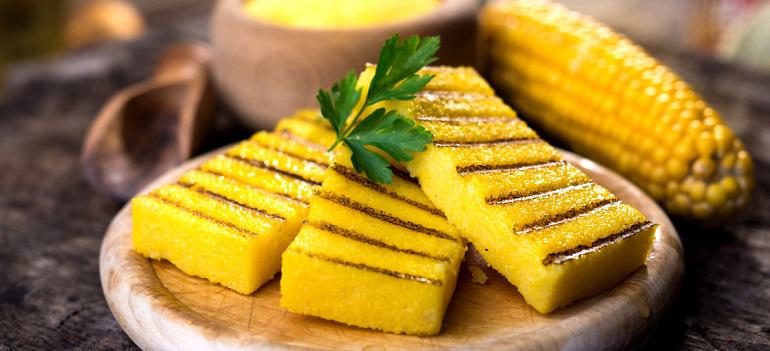
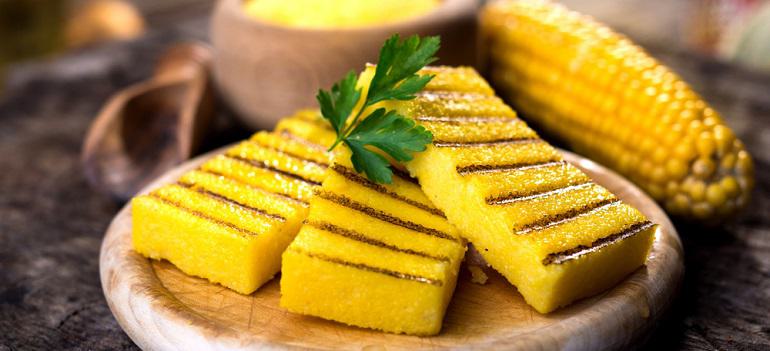
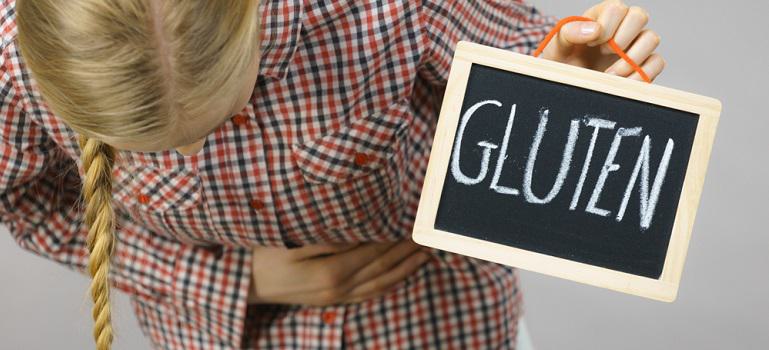 Contrary to popular belief, gluten isn't bad for you. In fact, most individuals can enjoy gluten symptom-free. However, gluten can be harmful to people with various conditions such as celiac disease and gluten intolerance. Here's a quick overview of situations in which individuals should not consume gluten.
Contrary to popular belief, gluten isn't bad for you. In fact, most individuals can enjoy gluten symptom-free. However, gluten can be harmful to people with various conditions such as celiac disease and gluten intolerance. Here's a quick overview of situations in which individuals should not consume gluten.
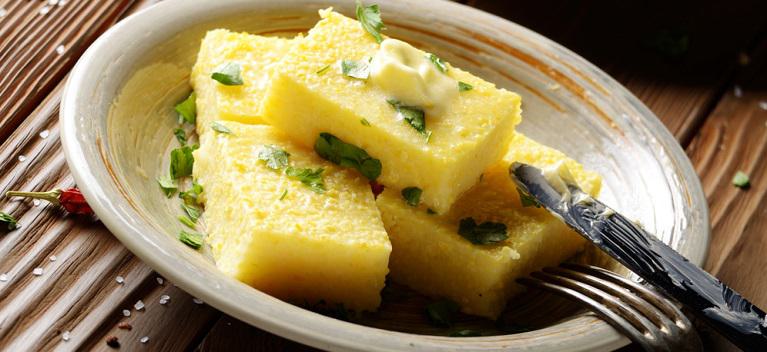
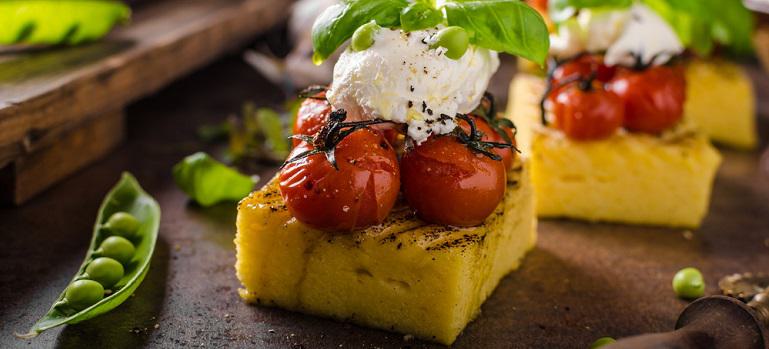 Ready to begin adding polenta to your gluten free meal plan? These delicious gluten free polenta recipes are sure to help you get started. From a dessert-like cake to a cheesy casserole, there's a recipe on this list that will suit everyone's taste preferences.
Ready to begin adding polenta to your gluten free meal plan? These delicious gluten free polenta recipes are sure to help you get started. From a dessert-like cake to a cheesy casserole, there's a recipe on this list that will suit everyone's taste preferences.